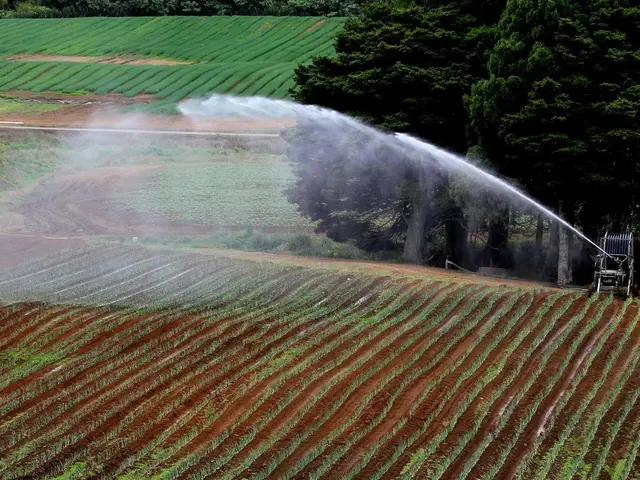"Jaideep Mirchandani, Chair of Sky One, announces the implementation of fresh strategies and cost-saving measures in the Maintenance, Repair, and Overhaul (MRO) sector, aiming to boost operational efficiency."
In 2024, India established itself as the third-largest aviation market in the world, crossing 350 million annual air passengers, according to the Ministry of Civil Aviation. This explosive growth in passenger traffic has been sustained for over a decade, with a steady annual increase of 10-12%. To cater to this burgeoning demand, major Indian carriers, such as Air India, IndiGo, and Akasa Air, have collectively ordered more than 1,700 new aircraft. However, global supply chain disruptions have delayed deliveries, necessitating airlines to extend the operational life of their existing fleets.
An analysis by McKinsey & Company forecasts that aircraft retirement rates between 2024 and 2026 will be approximately 24% lower than in the pre-pandemic years of 2010 to 2019. This prolonged aircraft usage will likely lead to increased demand for maintenance, repair, and overhaul (MRO) services, particularly in terms of engine and airframe maintenance.
As airlines strive for operational efficiency, they are turning to new strategies like predictive maintenance practices. According to Jaideep Mirchandani, Group Chairman of global aviation company Sky One, predictive maintenance relies on sensors, data analytics, and machine learning to anticipate mechanical issues before they become catastrophic. System data is collected and analyzed to detect early signs of wear or malfunction, allowing maintenance schedules to be adjusted in real-time based on an aircraft's usage. This approach helps minimize downtime and costs.
Predictive maintenance enhances fleet availability, improves safety, and prevents unexpected failures. Augmented Reality (AR) is further streamlining the process by providing real-time data, guided instructions, and remote expert support to technicians. AR tools enhance complex repair procedures, increase efficiency, reduce errors, and elevate the quality of safety checks.
With a burgeoning MRO sector, providers are increasingly relying on technology. Drones, robotics, vision systems, and Robotic Process Automation (RPA) are now part of the landscape, automating inspections, reducing manual workload, and improving efficiency. Additionally, more providers are investing in intelligent enterprise software that streamlines contract planning, maintenance execution, reporting, and invoicing. These systems foster greater accuracy, consistency, and scalability in the MRO sector.
Despite the current challenges, there's optimism for the future. The MRO sector is poised to grow, with government initiatives, technological advancements, and a greater focus on efficient and digitalized maintenance practices positioning the industry well for the future. According to Mr. Mirchandani, it is likely that by 2028, the sector will have transitioned to smarter, more efficient solutions.
References for enrichment data:
- "Indian MRO Market - Growth, Trends, COVID-19 Impact, and Forecasts (2021 - 2026)". ResearchAndMarkets.com, 2021.
- "Adani acquires majority stake in Dixon Works to boost capabilities in defence MRO segment". Business Standard, 2021.
- "Global Aviation MRO Software Market Size, Share & Trends Analysis Report By System (Software, Hardware), By Service (Airframe MRO, Engine MRO, Line MRO), By Application, By Regional Outlook And Segment Forecasts, 2021 - 2028". Grand View Research, 2021.
- "Small Airports Navigating Traffic Rise, Investment Boost". Aviation Pros, 2021.
- "Government eases norms for avenue, scrap vehicles being imported for MRO, other purposes". Business Standard, 2019.
The foreseeable growth in the MRO sector, driven by government initiatives, technological advancements, and a shift towards efficient, digitalized maintenance practices, aligns well with the predicted expansion of the aerospace industry. In the future, finance, technology, and the MRO industry are anticipated to collaborate closely, particularly in the implementation of predictive maintenance solutions.
With the increased demand for maintenance, repair, and overhaul services, various players in the technology industry are expected to develop and integrate innovative tools such as drones, robotics, AR, and RPA into the MRO landscape, contributing to the sector's growth and optimizing operational efficiency.








